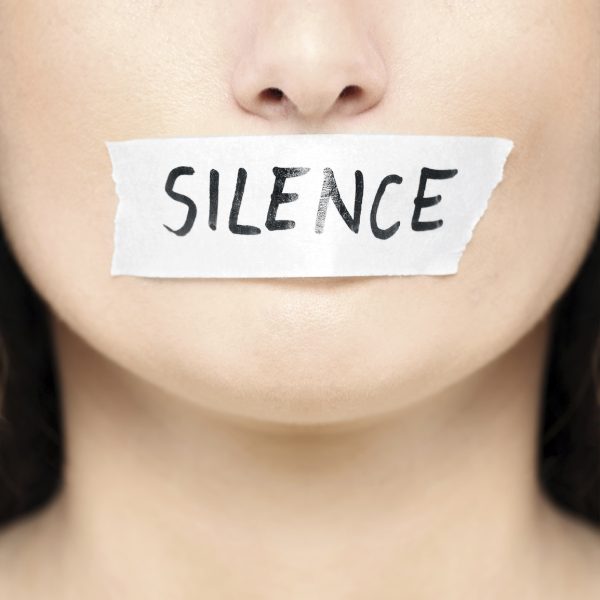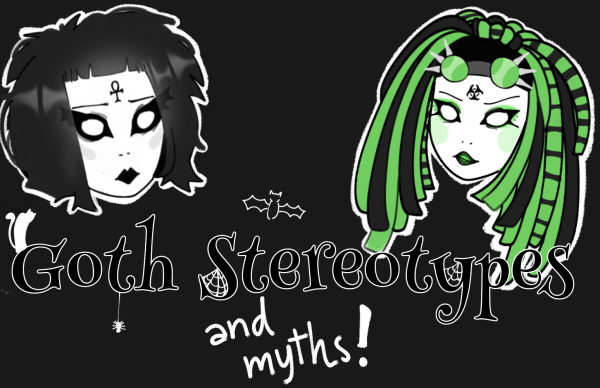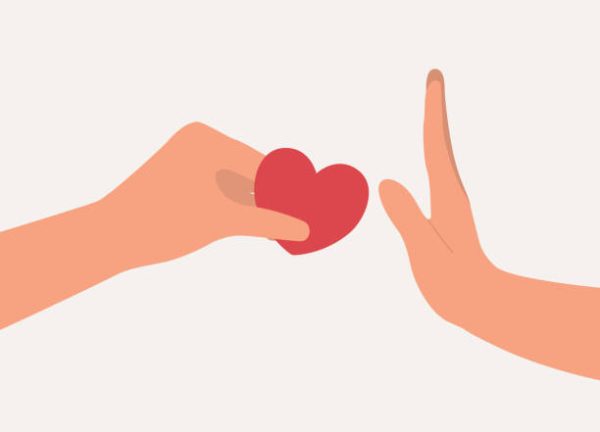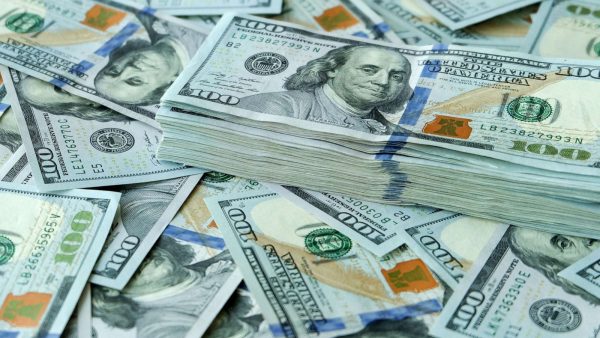Tube Many Mistakes, Tube Little Responsibility
YouTube controversies highlight need for better role models
YouTube is no stranger to controversy and it shouldn’t be a surprise that a platform based around sensationalism generates shocking content. As YouTube has grown, its users, often young adults who started by creating videos in their own homes and gained cult-like followings, have become increasingly influential and have raised questions about what exactly their responsibilities should be.
Vlogger Logan Paul created one of the most recent outrages when he uploaded an incredibly graphic vlog about the Aokigahara Forest in Japan, also known as the Suicide Forest, where he found and then continued to film the corpse of a suicide victim. Not only did Paul and his team joke about the situation, they also chose not to edit it out. While Paul has since attempted to atone for his transgression through apologies and educational videos about suicide, his video was innately insensitive towards the victim’s loved ones and his young viewers.
Paul’s video is only one of multiple lapses of human decency by popular YouTubers. His brother, Jake Paul, was cut from his role on the Disney Channel show “Bizaardvark” and faced public backlash after his neighbors accused him of terrorizing their neighborhood with his vlogging antics. Sam Pepper’s “prank” videos repeatedly violated others as he faked murders and sexually harassed and assaulted women on the street.
These events expose a much larger issue in YouTube culture. On a website filled with billions of videos, users are driven to create more and more outrageous content. The pool of competition only grows as people make new channels, and clickbait titles seem to be required to get any views. Additionally, YouTube’s loosely-structured terms of use make it difficult to determine what content is appropriate. The company caused public outcry last year for blocking LGBTQ-positive videos through parent control and age-restricted filters. Yet astonishingly, when Logan uploaded a video exhibiting the gruesome details of a dead body obviously unsuitable for children, it was him, rather than Youtube, who decided to take his video down.
The reason that these incidents are particularly important is because of the demographic that watches these videos, mostly tweens and younger. Celebrities can have an enormous impact on young fans who idolize them. Whether that impact is positive or negative is up to the celebrity.
The #MeToo movement, specifically within Hollywood, made it clear that repulsive and irresponsible behavior will not be tolerated from anyone, including celebrities once thought untouchable. Unlike actors, who portray a character, YouTubers often gain fame by broadcasting their real life. In addition, their content is produced much more frequently. If anything, Youtubers ought to be the most responsible celebrities as their content has the ability to directly influence the next generation.
Now more than ever, kids need true role models that provide examples of edifying behavior. The good news is that there are plenty of YouTubers who do just that. For example, Lily Singh gave back to her viewers by paying for groceries and rent for people who “truly needed it.” Felix Kjellberg (PewDiePie) holds an annual livestream where he raises money for different charities such as World Wildlife Fund and Save the Children. The Green Brothers also hold their annual fundraising “Project For Awesome” that works with organizations like The UN Refugee Agency (UNHCR).
While Logan Paul’s reparational suicide prevention may be somewhat contrived, countless other YouTubers have been brave enough to share their stories and help open discussions about mental health. Zoe Sugg (Zoella) intimately shares her experience with anxiety in her vlogs, showing her viewers that even the girl who seems to have it all struggles with mental health. Rebecca Brown (BeckieO) has worked to raise awareness about trichotillomania, a disease that causes people to rip out their hair. YouTubers like these have contributed to destigmatizing mental health and their efforts shouldn’t go unnoticed. The problem is that these videos typically aren’t viral content.
YouTube is just like any other social media platform. It gives people a creative outlet where they can generate all kinds of content. It can be a megaphone for the silenced or an overwhelming cacophony of ignorance.
YouTube is primarily by and for younger generations. That means that content creators will make mistakes, but that doesn’t excuse displays of a complete lack of morals. It also means that we, as audiences, have a responsibility in our reactions to content. If we show that we accept this kind of behavior by liking distasteful videos, we perpetuate the creation of a toxic, desensitized culture. However, if we reject it, we can build a community that continues to change to world for the better.







